The new year is a time to look forwards into the future as well as backwards into the past, and thanks to a series of leaks, rumors and early announcements, we already know (or think we know) what’s coming down the line for smartphones in 2021.
Here we’re going to take a look at some of the biggest and best phones we’re expecting to see over the next 12 months, and the sort of technology they should be carrying along with them. Your next phone upgrade might be listed somewhere here.
Samsung Galaxy S21
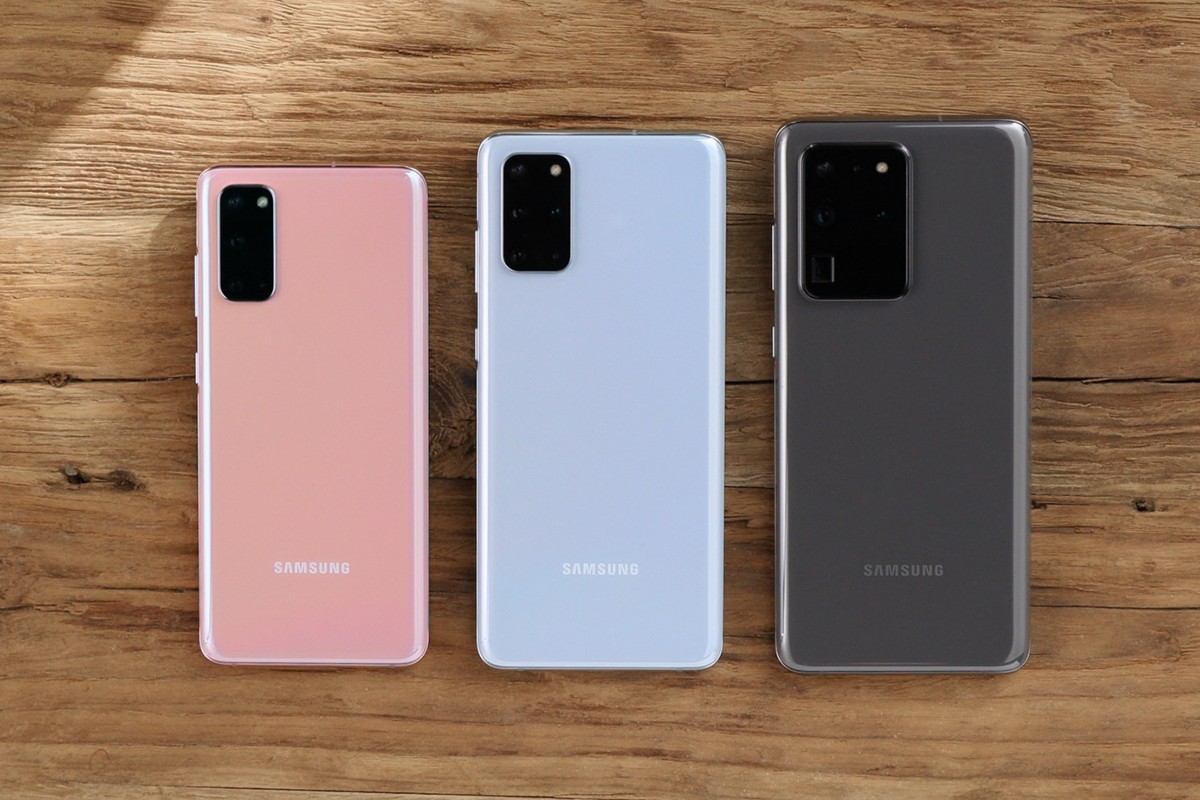
Samsung
According to those in the know, the Samsung Galaxy S21 will be the first flagship phone out of the gate in 2021 – nothing is official yet, but the most reputable tipsters say January 14 is when the handset will be unveiled. That’s earlier in the year than normal for the Galaxy S series, so Samsung would seem to be keen to get a head start.
It looks as though three phones are on the way: the 6.2-inch S21, the 6.7-inch S21 Plus and the 6.8-inch S21 Ultra. The Ultra is rumored to be the real star of the show, with substantial camera upgrades (perhaps a 10x optical zoom) and support for the S Pen stylus on the cards. That may or may not mean the demise of the Note series of phones in 2021, with some speculating that Samsung will turn all of its attention to the S series and its foldable phones over the coming year.
All three S21 models are apparently coming with the latest Snapdragon 888 chipsets on board (at least in the US), and screens with 120-Hz refresh rates for super-smooth scrolling (watch out for this to become commonplace in 2021). There’s also a slight redesign, with the rear camera array wrapping around the top corner of the phone.
Apple iPhone 13
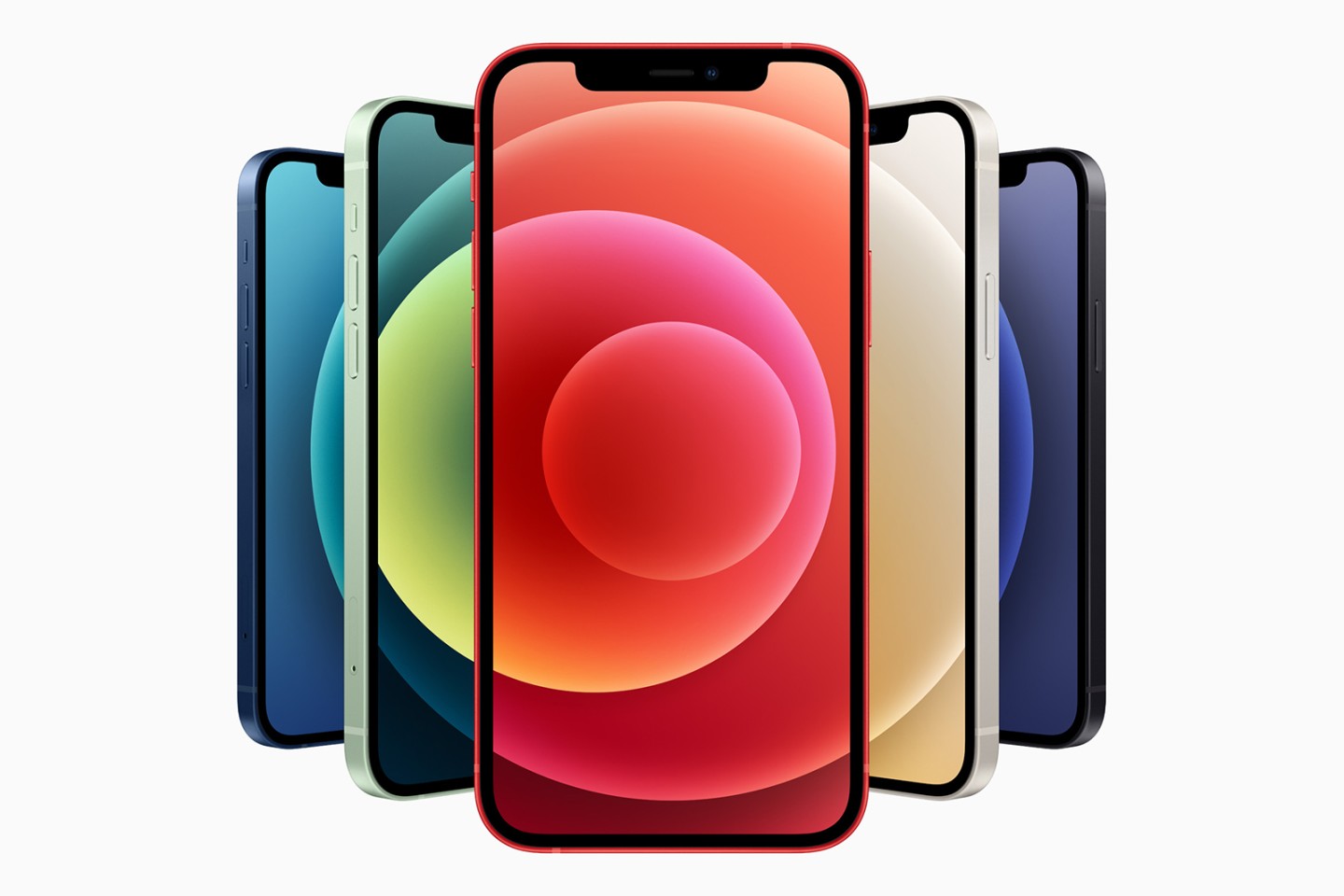
Apple
Apple tends to innovate more slowly than some of its competitors – a foldable iPhone isn’t predicted until 2022 – so expect the usual upgrades in terms of processor speed and camera quality in the next batch of iPhones. Indeed, the iOS 15 announcement around June time might be more exciting than the mobile hardware Apple is preparing.
According to the rumor mill, we’ll see 120-Hz refresh rate displays (apparently originally planned for the iPhone 12, but pulled due to battery life concerns) and LiDAR depth sensing on all the iPhone 13 models (it’s only on the Pro phones right now). While the distinctive screen notch won’t disappear in 2021, it might get smaller.
September is the month to watch out for new iPhones: Apple is said to be back to its normal launch schedule after the disruption of 2020, when the iPhone 12 was delayed. Once again, it looks as though four models are on the way, matching the same names and sizes as we saw with the iPhone 12.
Google Pixel 6 (and Pixel 5a)
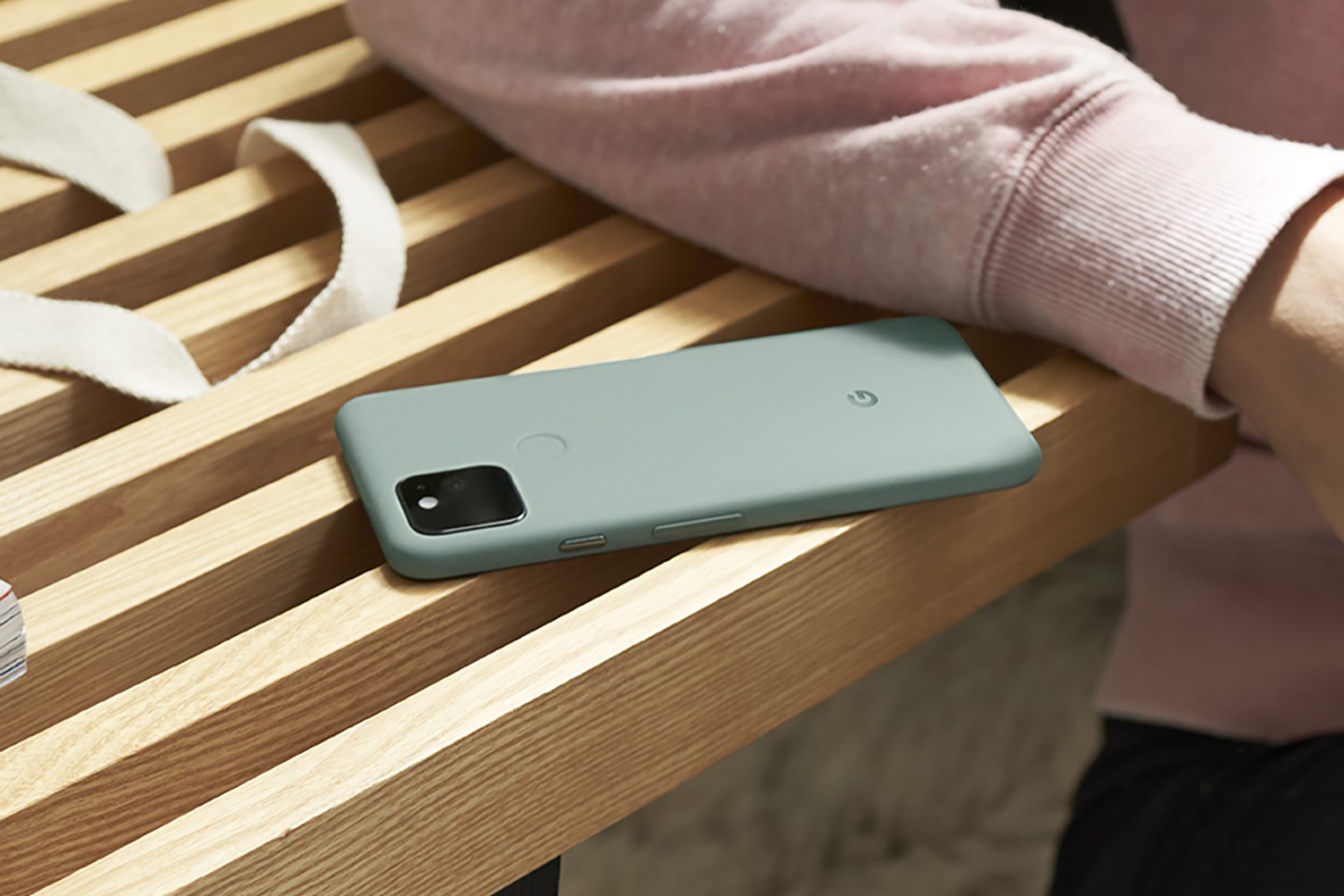
Google put most of its time and energy into the mid-range smartphone market in 2020, which makes us think that the Pixel 5a will be an important phone for the company: it could well launch earlier in the year than the Pixel 4a, which appeared in August after pandemic-related supply chain problems.
The Pixel 5 was the most premium smartphone Google put out last year, but it was upper-mid-range at best, with Google aiming to offer value for money rather than top-end specs. We haven’t heard too much about the Pixel 6 in terms of leaks and rumors, but the Pixel line is well overdue a camera optics upgrade, even if Google’s image processing software continues to be among the best in the business. As usual, there will be performance boosts too.
One recent patent suggests a selfie camera embedded in the display – no notch required – is coming to the Pixel 6, but considering Google’s recent mid-range focus, that might be a better bet for the Pixel 7. In-screen camera technology remains a little rough around the edges, so it’s not clear if it’ll be widely adopted in 2021.
OnePlus 9
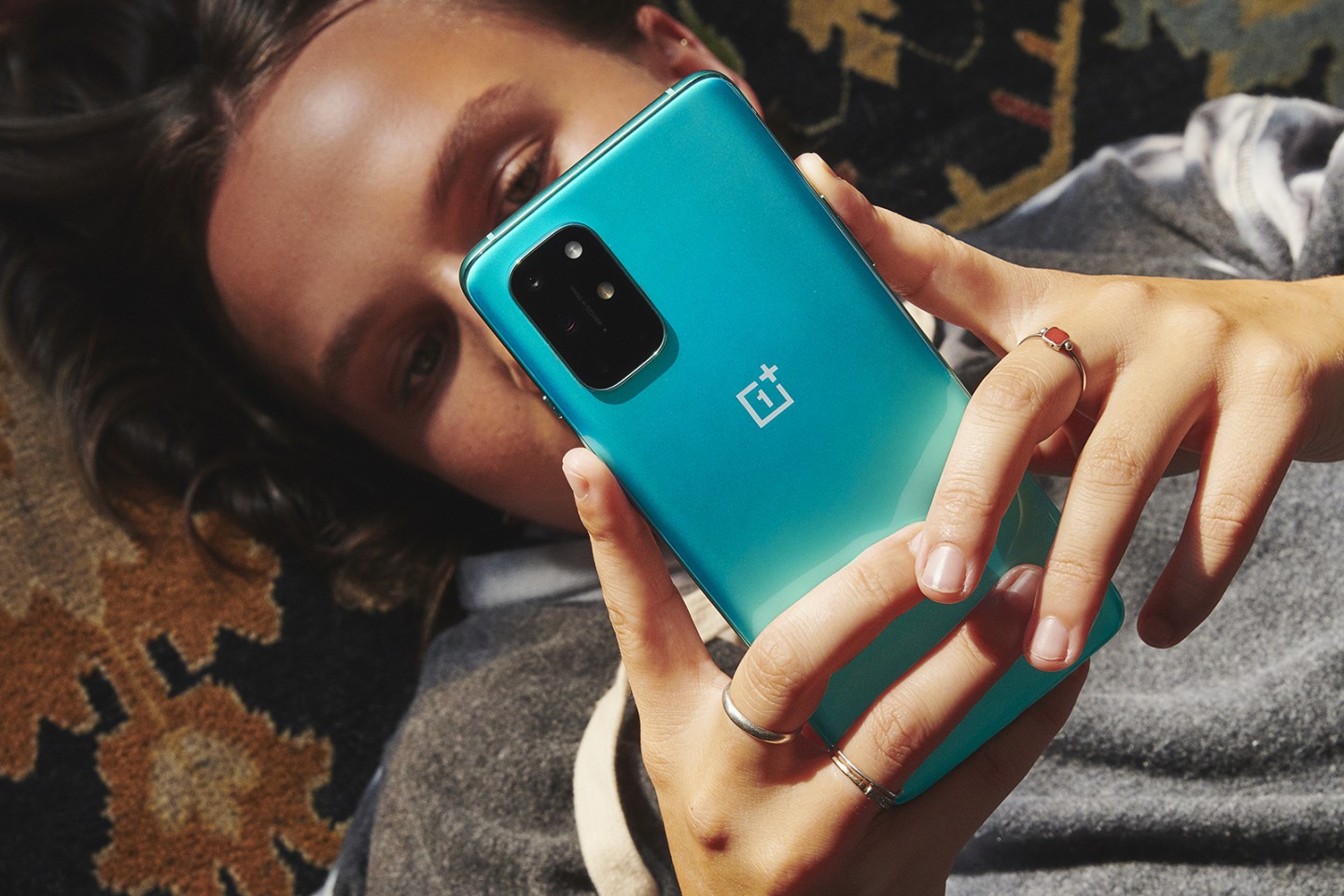
OnePlus
It’s been a year of expansion for OnePlus, with mid-range and budget models appearing under the OnePlus Nord umbrella. That’s likely to continue into 2021, but the next flagship phones from the company will be the OnePlus 9 and the OnePlus 9 Pro, which are rumored to be arriving as early as March.
While the OnePlus 9 is unlikely to completely rewrite the rules of the smartphone industry, we are anticipating boosts in battery capacity and both wired and wireless charging speeds. In a market where there’s little major innovation to be found, look for a lot of smartphones in 2021 to charge faster than ever – and if phones only need a few minutes charge to replenish their batteries, battery life isn’t such a problem any more of course.
Based on the leaks that have surfaced so far, the OnePlus 9 will also be running the Snapdragon 888, like the Galaxy S21 and several other flagships – and that is reportedly going to be accompanied by 8 GB of RAM and 128 GB of storage. Design-wise, it doesn’t look as though much is going to be changing in terms of OnePlus flagship phones.
The best of the rest
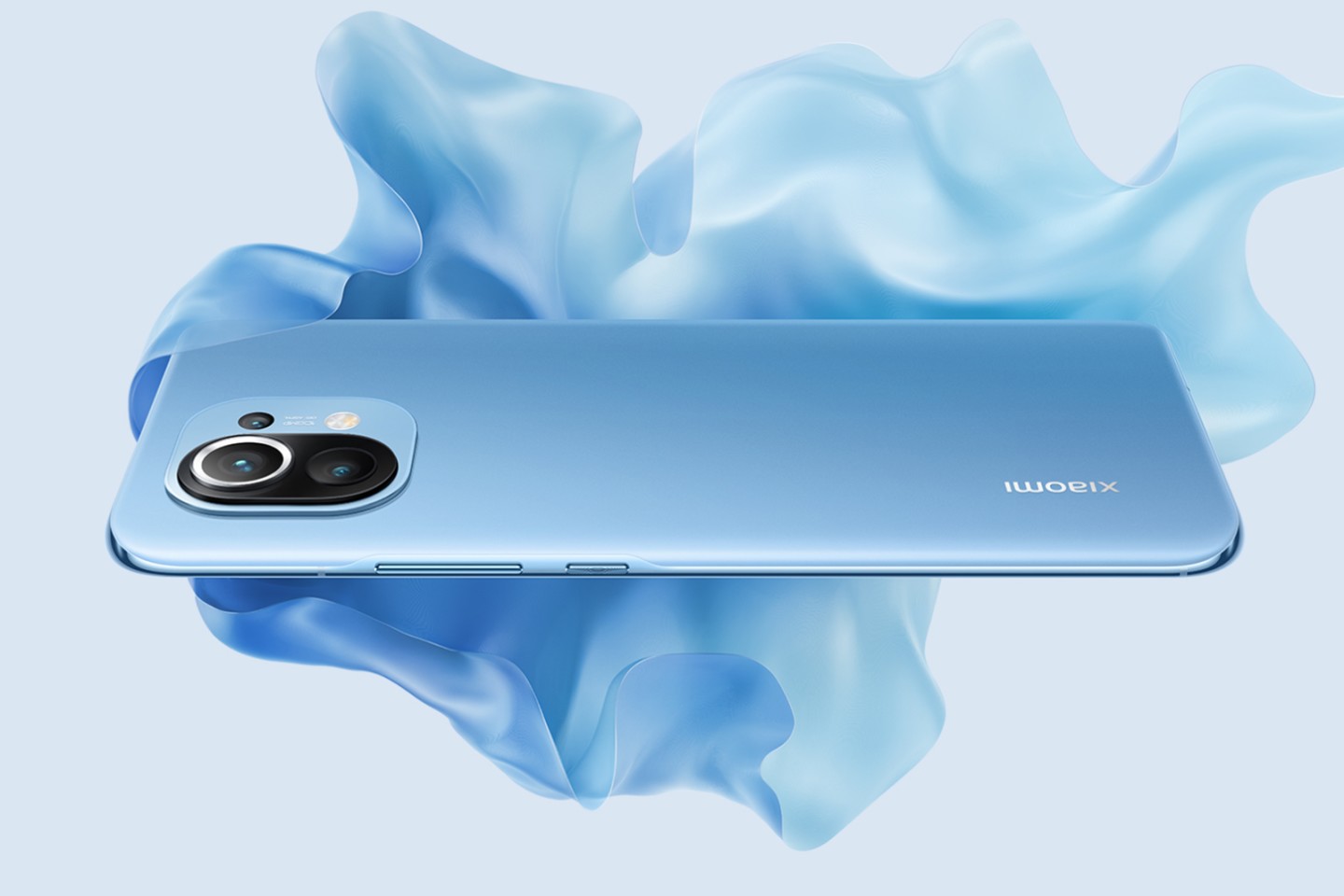
Xiaomi
The phones we’ve mentioned above are just a small sample of the handsets that will be released in 2021, but they do represent most of the big-name flagship phones that are going to appear. The likes of Nokia and Motorola will continue to produce value for money handsets, Sony will continue to plot its own course, and Chinese manufacturers like Xiaomi will have a lot of new tech to show off as well (though not necessarily available to buy in your region).
Don’t expect to see anything too dramatic in terms of smartphone evolution in 2021. Foldable phones should get more reliable in 2021, with the likes of Samsung and Motorola likely to launch updated handsets, but technology like port-less smartphones and in-screen cameras may have to wait until 2022 or later to go mainstream. If you want a phone that’s truly different, it’s always worth keeping an eye on LG.
The smartphones of the next year will of course be faster in terms of performance, and look for big jumps in terms of screen quality (both pixel density and refresh rates) and charging speeds as well. A lot of the advances may well come from the software side, as image processing and other artificial intelligence operations look set for another boost.
Source of Article
